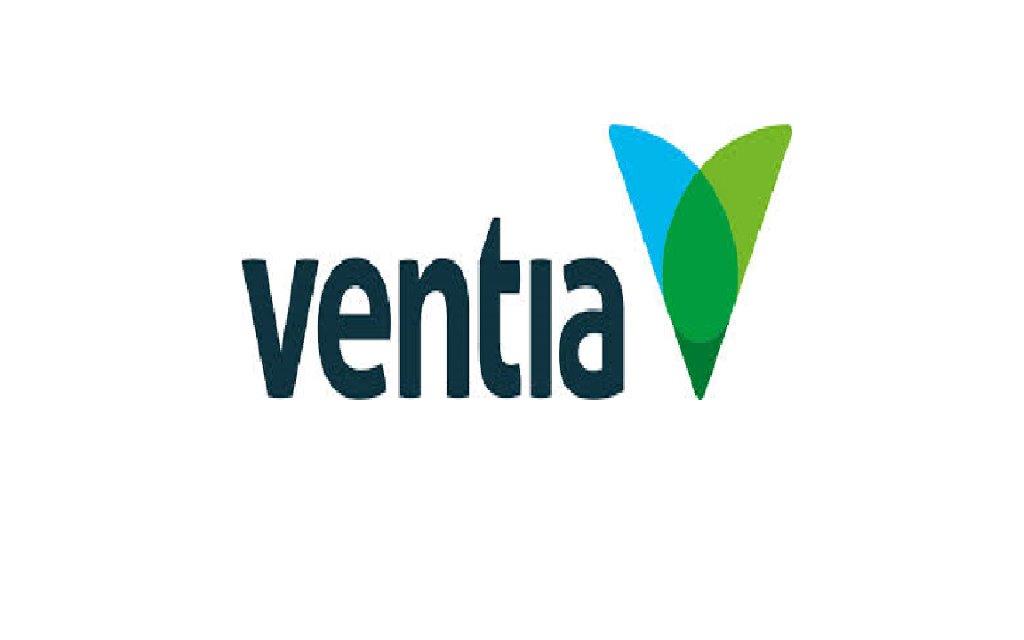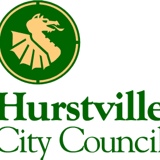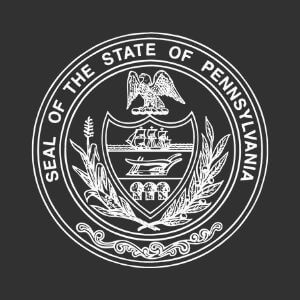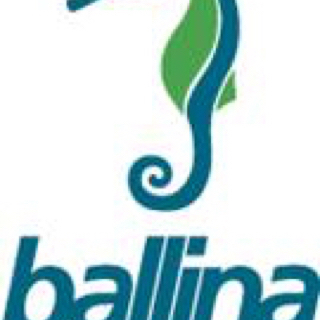Title Page
-
Conducted on
-
Prepared by
-
Sub program being inspected
-
Type of work crew carrying out works
-
Location
Workplace Critical Control Checklist
General
-
Is everyone in the workplace adequately inducted? (e.g. record names to check later or check a sample of contractors induction)
-
Has a risk assessment been carried out for the task? (check for approved JSA, SWMS or similar)
-
Is the site set up properly? (ensure level of barricading and signage has considered people and vehicle traffic, risk of work being undertaken and preventing unauthorised people accessing site)
-
Is there an allocated Supervisor for the works? (doesn't have to be on site, but must attend regularly and should be on site for high risk works)
-
Is there adequate emergency facilities on site? (consider emergency planning and first aid response relative to the work being undertaken)
Critical Controls
-
Are there activities within a Confined Space?
-
Have all relevant workers received adequate training to enter, control or monitor a confined space? (e.g. work in confined space, atmospheric monitoring)
-
Has approval been obtained prior to entering the confined space by the Supervisor and Asset owner? (e.g. Permit)
-
Has communication methods been established between the confined space worker/s and the stand by person?
-
Has the atmosphere been tested prior to entry with continuous monitoring set up across the work?
-
Is the atmospheric testing equipment in calibration and been bump tested?
-
Have all energy sources (e.g. electrical, water, gas) been identified and isolated prior to entering the confined space?
-
Is there an exclusion zone set up to prevent unauthorised entry to the workplace and confined space?
-
Has a rescue plan been developed and checked? (e.g. response plan, response equipment)
-
Is there a dedicated stand-by person in place?
-
Are workers inside the confined space wearing a harness (for emergency rescue)
-
Is there emergency equipment on site to rescue workers?
-
Are workers on or near a road?
-
Is a traffic management plan in place?
-
Where possible, are workers always positioned facing traffic?
-
Are traffic management signs set up so that drivers can see all signs clearly with adequate time to comply?
-
Is adequate barricading in place to protect workers? (consider strength of barricading relevant to risk)
-
Are overhead services and structures shall be identified, dangers zones maintained and controls in place?
-
Are high risk tools or equipment in use?
-
Are workers trained and competent? (may be requirement for tickets/qualifications or verification of competency)
-
Has an exclusion zone been set up around work to protect others?
-
Are all relevant guards fitted to tools and/or equipment?
-
Does cord powered equipment have an RCD in place?
-
Are tools and equipment in good condition and serviced regularly?
-
Is Electrical work being carried out?
-
Are all persons adequately trained, licensed and competent?
-
Is there a risk assessment in place for the works?
-
Are circuits identified and isolated prior to penetrating any surface?
-
Are all relevant electrical sources identified prior to works starting?
-
Are RCD's in place where required?
-
Is all electrical equipment tested and tagged?
-
Are there Working at Heights activities? (potential to fall from one level to another)
-
Have all relevant operators and spotters people received the correct training? (e.g. EWP license, scaffolding, Prevention of Falls).
-
Is the prevention of fall control correct? (e.g. EWP, scaffolding, platform ladder, guarding, fall restraint, etc.)
-
Is there an exclusion zone in place to prevent unauthorised access and control the risk of dropped objects? (e.g. barricading, signage, tool lanyards)
-
Is all equipment inspected, and a harness that limits free-fall to less than 2m?
-
Have emergency requirements been planned for? (e.g. response plan, emergency equipment)
-
Are inspected anchor points being correctly used?
-
Is there adequate guarding in place? (e.g. open edges, skylights, etc.)
-
Where a ladder is being used, is it set up correctly with 3 points of contact maintained?
-
Are there Excavations in the workplace over 300mm deep?
-
Have all relevant workers received adequate training? (e.g. excavation awareness, install trench support, excavator ticket, locating device training, etc.)
-
For excavations over 1.5m deep, has prior approval been gained to enter the excavation? (e.g. permit, competent person, consider confined space requirements)
-
Have all underground or overhead services been identified and planned for? (DBYD, site drawings, potholing, vacuum extraction)
-
Have controls been implemented that consider soil conditions? (e.g. benching, battering, trench boxes)
-
Is there adequate access and egress points?
-
Has an adequate exclusion zone been setup around the works? (e.g. hard barricading, signage, etc.)
-
For major excavations (over 1.5m deep) are there ongoing inspections scheduled by a competent person (e.g. excavation awareness)
-
For major excavations (over 1.5m deep) has emergency response requirements been considered? (e.g. response plan and equipment)
-
Is anyone working with or near Hazardous Substances and Dangerous Goods?
-
Have workers received relevant training to handle, store and work with hazardous materials? (e.g. asbestos awareness, etc.)
-
Have emergency response requirements been organised? (e.g. response plan, eye wash, spill kits, etc.)
-
Is asbestos present in the workplace?
-
Is a licensed asbestos remover carrying out works?
-
Is air monitoring in place for removal of friable asbestos?
-
Are workers wearing the correct PPE and disposing of asbestos correctly?
-
Was the asbestos register consulted prior to works commencing?
-
Are there hazardous materials or dangerous goods in the workplace?
-
Are all hazardous materials correctly stored, labelled and signposted?
-
When using pesticides, is the least hazardous option chosen?
-
Are ignition sources removed from areas where there is the potential for a flammable atmosphere? (e.g. refueling).
-
Are workers potentially exposed to diseases or similar?
-
Have workers been offered vaccinations relevant to the risk?
-
Are workers using the correct PPE and tools to minimise potential exposure?
-
Is anyone working with or near chlorine gas?
-
Has the procedure for chlorine gas been consulted and followed?
-
Are gas monitoring devices in place, calibrated and working properly?
-
Is there Lifting Equipment operating in the workplace?
-
Has everyone received training for their role in the lifting task? (e.g. high risk work license)
-
Has the correct lifting equipment been selected for the task and are they fit for purpose? (e.g. correct crane, correct lifting equipment, and equipment pre-starts completed).
-
For critical lifts, is a lift study in place? (e.g. over or near other plant, water, above 80% of a crane's capacity or multi-crane lifts).
-
Are adequate exclusion zones in place to prevent unauthorised access? (e.g. barricading, signage, spotter)
-
Is the load secured and balanced with a tag line in place? (e.g. strapping)
-
Have communication methods been agreed upon between the crane operator and rigger/dogman (load controller)?
-
Have all relevant services been identified with controls in place? (U/G for crane setup and overhead for load movement)
-
Is Mobile Plant operating in or near the workplace?
-
Are operators adequately trained for the plant?
-
Is all plant guarding in place prior to commencing works? (incl. ROPS/FOPS where required)
-
Is there adequate separation between people and plant? (e.g. designated parking, warning signs, exclusion zones, established safe practices)
-
Are there agreed communication methods in place with the operator? (e.g. radios, agreed hand signals)
-
Has all plant been inspected and maintained prior to use?
-
Is plant fitted with adequate alarms and lighting? (e.g. reversing beepers, flashing beacons)
-
Have all relevant services been identified with controls in place?
-
Are seat belts being worn by operators?
-
Is plant being operated at safe speeds with loads secured?
-
Is mobile plant left in a safe condition when not in use?
-
Have Changes occurred to the workplace or methodology since work commenced?
-
Were the changes assessed and risk assessments updated?
-
Did this assessment include consulting all impacted people in the workplace?
-
Where worker roles have changed, is that understood by the workplace?
-
Is the changes understood by all with adequate controls in place?













